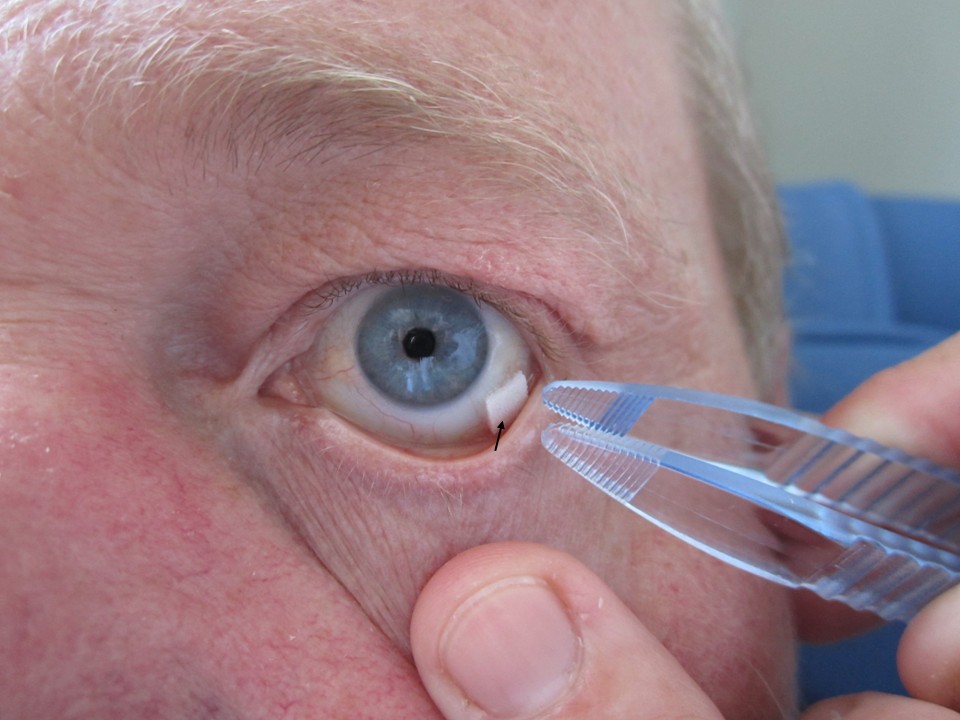Perioperative mydriasis refers to the dilation of the pupils during or around the time of surgery, typically resulting from pharmacological, physiological, or pathological stimuli. While often benign, in certain contexts—especially ophthalmologic procedures, neurosurgery, or anesthesia-sensitive cases—persistent or unexpected mydriasis may indicate significant underlying issues requiring prompt evaluation.

Understanding the Mechanisms Behind Perioperative Mydriasis
Pupil size is primarily regulated by the autonomic nervous system—sympathetic stimulation induces dilation (mydriasis), while parasympathetic stimulation causes constriction (miosis). During the perioperative period, various factors may disrupt this balance.
Pharmacologic Causes of Perioperative Mydriasis
Mydriatic Eye Drops
In ophthalmic surgeries, topical mydriatics such as phenylephrine, tropicamide, and cyclopentolate are routinely administered to ensure adequate pupillary dilation. Their prolonged action may persist into the postoperative period, sometimes mimicking pathological dilation.
Anticholinergic Medications
Systemic drugs like atropine and glycopyrrolate, commonly used for pre-anesthetic medication or reversal of neuromuscular blockade, inhibit parasympathetic tone, leading to pupillary dilation.
Sympathomimetic Agents
Agents such as ephedrine and phenylephrine, used to manage hypotension during anesthesia, may induce bilateral mydriasis by activating adrenergic receptors.
Non-Pharmacologic Etiologies and Concerns
Neurological Injury
Unilateral or asymmetric mydriasis may signify intracranial pathology, such as:
- Uncal herniation due to increased intracranial pressure
- Brainstem injury
- Cranial nerve III palsy
This constitutes a neurological emergency and demands immediate neuroimaging.
Hypoxia and Hypercarbia
Both conditions stimulate the sympathetic nervous system, potentially causing transient pupillary dilation. They may also serve as warning signs of poor respiratory or cardiovascular function during surgery.
Anesthesia-Related Autonomic Imbalance
General anesthetics modulate the autonomic nervous system. Some agents (e.g., ketamine) may enhance sympathetic output, whereas others (e.g., opioids) can cause parasympathetic inhibition, each leading to pupillary changes.
Clinical Scenarios Where Perioperative Mydriasis is Critical
1. Ophthalmic Surgery
Proper pupil dilation is essential in procedures like cataract extraction or vitrectomy. Failure to maintain mydriasis may impair visualization, prolong surgery, and increase complication risk. Mydriasis must be pharmacologically sustained without risking intraocular pressure (IOP) elevation or toxic effects.
2. Neurosurgical Procedures
Persistent or new-onset unilateral mydriasis during craniotomy may indicate intraoperative brain herniation, bleeding, or surgical manipulation of parasympathetic pathways.
3. Non-Ophthalmologic General Surgeries
Unexpected dilation, especially if unilateral, should prompt evaluation for neurological compromise, drug effect, or hypoxic insult.
Diagnostic Approach to Intraoperative Mydriasis
Stepwise Evaluation Protocol
Monitoring Considerations
- Capnography and pulse oximetry to rule out hypoxia/hypercapnia
- Neuromonitoring (if available) for high-risk neurosurgical cases
- Documentation of pre-existing pupil abnormalities preoperatively
Management Strategies
Intraoperative Management
- Verify baseline pupillary size before induction
- Administer mydriatic agents carefully in a dose-dependent manner
- Avoid excessive systemic absorption of topical agents (especially phenylephrine)
For unexpected dilation:
- Rule out drug-induced causes
- Assess hemodynamics and oxygenation
- Consider neurological causes if unilateral and persistent
- Delay emergence if neurological integrity is uncertain
Postoperative Considerations
Persistent mydriasis post-surgery warrants:
- Detailed neurological examination
- Ophthalmologic consultation if related to ocular manipulation or trauma
- Neuroimaging in the absence of a clear pharmacologic cause
Preventive Measures
- Use lowest effective dose of mydriatics
- Apply nasolacrimal duct occlusion for 1 minute after eye drop instillation to reduce systemic absorption
- Preoperative documentation of pupil size and reactivity
- Avoid redundant administration of sympathomimetic or anticholinergic drugs
Frequently Asked Questions
Q1. Is perioperative mydriasis always a sign of pathology?
No. It is often pharmacologically induced, especially during ophthalmic procedures. However, unexpected or unilateral dilation should be thoroughly investigated.
Q2. What drug is most commonly responsible for mydriasis during surgery?
Phenylephrine, both topical and systemic, is a common cause of pharmacologic mydriasis.
Q3. Can mydriasis occur under general anesthesia?
Yes. Anesthetic agents, autonomic responses, and medication interactions can cause pupillary changes during general anesthesia.
Q4. Should mydriasis be monitored in non-eye surgeries?
Yes, particularly in neurosurgery or high-risk cardiovascular cases. Pupillary changes may signal neurological compromise.
Q5. How long can pharmacologic mydriasis last postoperatively?
Depending on the agent used, mydriasis may persist for several hours. Tropicamide lasts 4–6 hours, while atropine can last up to a week.
Perioperative mydriasis, though frequently benign and pharmacologically induced, must not be overlooked—particularly when unilateral or associated with neurological signs. A meticulous approach involving careful preoperative assessment, judicious drug use, intraoperative vigilance, and prompt postoperative evaluation ensures patient safety and optimal outcomes. For both ophthalmic and non-ophthalmic surgical contexts, recognizing the clinical significance of pupillary changes is vital for early intervention and complication prevention.